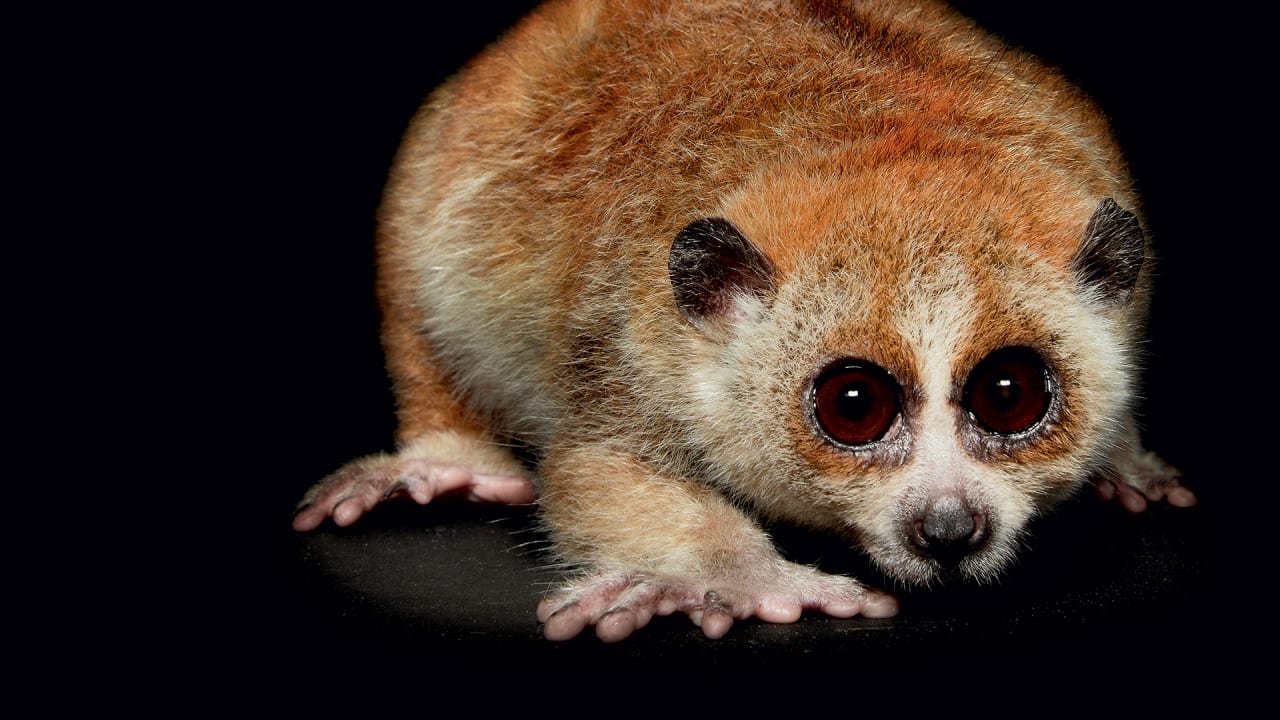

However, we’re also shooting dogs, so add a little cushion room for any movements they may make. You guys will know if you’ve studied the exposure triangle video that the general rule is to set your shutter speed a minimum of 2x the focal length of the lens to remove hand-held camera shake.
Cute animal lens studio iso#
Don’t touch ISO or SS, ok? 2.2 Other bits If your photographs are too dark, increase the power of the lights or decrease the f-number. If your photographs in studio are coming out too bright, either reduce the power of your lights or increase the f-number. ISO should be used on either 100 or 200, never really higher than that. Whatever your cameras is, set your SS to that.Īperture in studio is set at a higher f-number than outdoor portraits. Other cameras vary, for example, I’m pretty sure a Nikon D800 has a flash sync speed of 1/250s. So you would set your shutter speed to that.

Most entry-level cameras have a max flash sync of 1/160s. This is the speed at which the camera can match the flash in terms of timing. So, every camera has a maximum flash sync speed. You can freeze action with strobes that have a short enough flash duration and no ambient light, but we’re not going into that today. We’re not discussing high-speed sync here because, to be honest, if you pick the right lights you don’t need it. Starting with shutter speed, you have limited working with flash photography that you don’t have elsewhere. 2.1 Set your triangle points for studio photography It helps to understand the exposure triangle before we go into this so if you’re not 100% confident about what does what, you need to go any check that out first. 2.0 Settings for dog studio photographyįor the best results, you have to be shooting. Now that you have all your kit ready, it’s time to sort your settings out. Attention items (ball, treats, toys, noises).Reflector ( this is by far the best reflector I’ve ever owned).White balance card ( this one is the one I use, and have used for years).1.4 Extra equipment for the in-home studio I’ve used a third-party lens ( this one) for years and years and it has never ever let me down in the studio. You can’t go far wrong with a 24-70 2.8 zoom lens. This is a little personal preference, a little practicality. 1.3 Lenses for studio photography in small spaces As you all know, I rave about these stands here. Safety is important to me so personally I will always go with heavy-duty air-cushioned stands all round if I’m working with clients, but if it’s just for me at home, I tend to use cheap stands for my background because my dogs know not to go near the back of the set. Stands are important for both your lights and your background support. That way you just ping them up instead of grappling with poles like you’re pitching a tent in a hurricane. I don’t really love umbrellas, beauty dishes and other modifiers, but that’s just me.įor small spaces where you’ll have to drop these things down all the time, look for “pop-up” or “easy” modifiers. Personally I like octaboxes and softboxes. Look at whatever light you get as to what the manufacturer recommends, sometimes they come with it, sometimes they don’t!įor your lights, you’ll also absolutely need modifiers. One part goes on your hotshoe and, in the case of speedlights, the other one goes on the bottom of that, on a light stand. We’re using these light sources on manual, so you don’t need to worry about TTL capability.įor whatever lights you get, you’ll need wireless triggers/transceivers/receivers.

For speedlights, I would recommend Yongnuo regardless of your geographic location. For strobes, I would recommend either iLux Summits if you are in the UK, or AlienBees if you are overseas. You can use either strobes or speedlights. In such a small space, you’re probably best sticking with 1-2 lights for now and getting really good with just those, before you add more (and only if you want to). You’ll also need a light source, obviously! In the video attached to this post, I cover 1 light and 2 light set-ups. 1.2 Lighting for studio photography in a small space
Cute animal lens studio how to#
You may want to use vinyl, fabric or wooden backgrounds, that’s fine, but we’re not covering how to light those today. In most situation, rippling on the roll means the roll needs to go to paper heaven. This will cause rippling and it’s a pain in the bum to get rid of. Never lie your backdrop rolls on their side. To store your paper backdrops, keep them tightly rolled, away from any source of heat, and stood vertical.


 0 kommentar(er)
0 kommentar(er)
